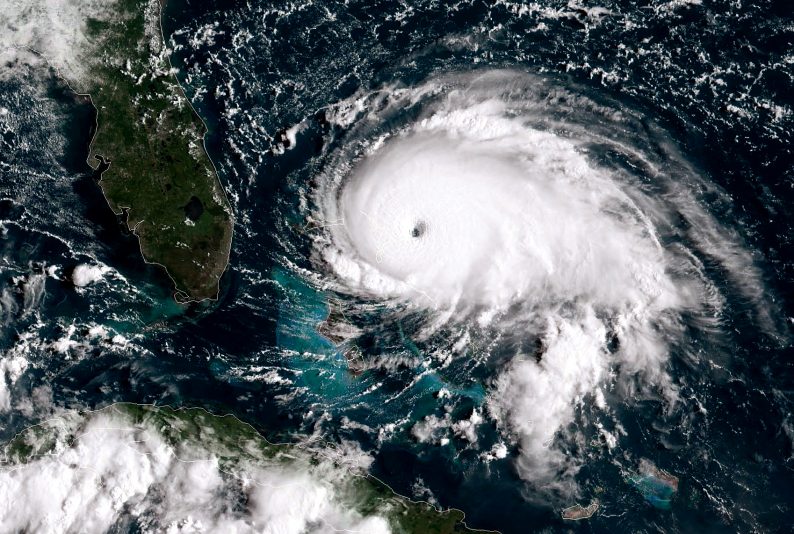
OAN’s Elizabeth Volberding
11:35 AM – Tuesday, February 6, 2024
Scientists claim that when it comes to the Saffir-Simpson scale, which gauges a hurricane’s wind speed, storm intensity is reaching never-before-seen levels. Researchers are now beginning to question the scale and are requesting that a new, higher threshold of risk be established for the most gruesome storms.
According to a recent study, storms are becoming so much stronger that a “Category 6” level of intensity will soon be added to the Saffir-Simpson Hurricane Wind Scale.
Researchers looked into the possibility of expanding the scale to include a Category 6, and they maintained that this classification could serve to better alert people to the risks.
According to the study released on Monday in the Proceedings of the National Academy of Sciences, the world’s hurricanes are becoming much stronger due to “rising ocean and atmosphere temperatures,” scientists claim. Furthermore, a “Category 5 on the conventional wind scale undervalues its risks.”
The National Oceanic and Atmospheric Administration (NOAA) explained that hurricanes in Category 5 can cause “catastrophic” damage and “complete roof failure on many residences and industrial buildings,” as well as prolonged power outages. Hurricanes in Category 1 through 5 can reach wind speeds of 156-mph or more.
The scale ends at Category 5 since winds that strong would “cause rupturing damages that are serious no matter how well it’s engineered,” former Saffir-Simpson Hurricane Wind Scale director Robert Simpson said during a 1999 interview.
Michael Wehner, lead author of the recent research and a climate scientist at the Lawrence Berkeley National Laboratory, made a statement regarding the purported rising storm intensity.
“As a cautious scientist, you never want to cry wolf,” said Wehner.
However, Wehner and co-author Jim Kossin, a science advisor at First Street Foundation and a retired federal scientist, determined that “the wolf is here,” according to their analysis of the signature of climate change in the strongest cyclones on record.
“We found that five storms had exceeded this hypothetical Category 6, and that all of them were recent, since 2013,” Wehner told reporters.
The most powerful tropical cyclones can now hold more energy due to “significantly increasing” temperatures brought on by “greenhouse gas emissions,” Wehner and Kossin claimed.
The authors claimed that more cyclones are taking advantage of it, increasing their wind speeds and intensity, and their data indicates that this phenomenon will happen more frequently as global temperatures are quickly rising.
“Our motivation here was to draw the connection between climate change — that warming of the atmosphere, the globe, from the burning of fossil fuels — to hurricanes and tropical cyclones,” Wehner said, adding that he and Kossin view themselves as “relatively conservative climate scientists.”
Kossin told the press that their main goal is to “inform broader discussions about how to better communicate risk in a warming world.”
Kossin continued, asserting that their findings highlight the fact that when storms strengthen above the 157 mph threshold for a Category 5 cyclone, the risks associated with them rise, leading to an underestimation of risk.
As a result, the researchers in this study claimed to have discovered the possibilities of that intensity happening in such storms that have more than doubled since 1979. They stated that the regions where the increasing dangers of these storms are of most concern are the “Gulf of Mexico, the Philippines, areas of Southeast Asia, and Australia.”
“We are only pointing out that as a wind-only-based measure of risk, climate change is making it progressively inadequate,” Kossin concluded.
Stay informed! Receive breaking news blasts directly to your inbox for free. Subscribe here. https://www.oann.com/alerts

